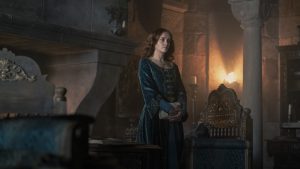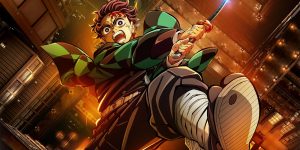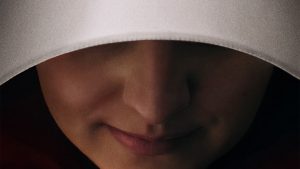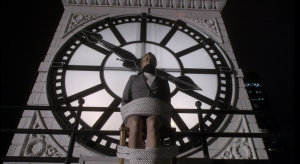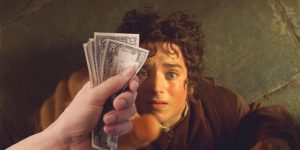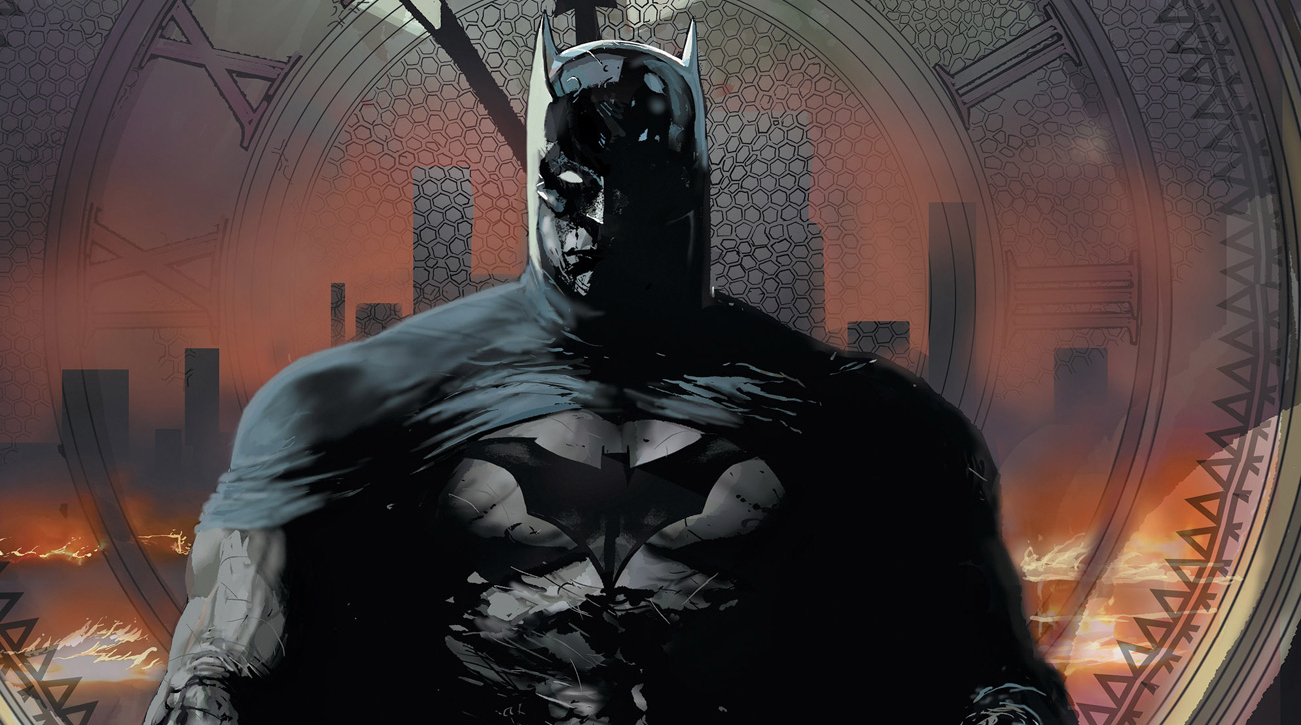
This Batman article contains spoilers.
Joker continuity is a bit messy by design. Ever since the Clown Prince of Crime declared that he “preferred multiple choice” in Alan Moore and Brian Bolland’s seminal 1988 comic Batman: The Killing Joke, it’s been very tough to nail down just what is true and what isn’t about the villain’s origin story. Was the Joker once a failed comedian who went mad after criminals murdered his family and he fell into a vat of chemicals? Maybe. Or was he originally a crime boss known as the Red Hood? Is his real name actually Jack?
Multiple choice has mostly worked well for the Joker, who is meant to be Gotham’s embodiment of true evil. The fact that his story is indecipherable and ultimately unknowable makes him that much scarier of a threat for Batman. But things are getting a little too convoluted now. Over the past few years, DC Comics has made so many addendums to the already tangled origin story introduced by The Killing Joke, and overexplained so much about what happened right after the Joker fell into that vat of chemicals, that the original story has lost some of the air of mystery that made it so powerful in the first place.
This week’s Batman #142, the start of a new three-part story called The Joker: Year One by Chip Zdarsky, Giuseppe Camuncoli, and Andrea Sorrentino, goes back to the well to add even more wrinkles to the origin story as told in The Killing Joke. The start of issue #142 confirms that not just one but three different Jokers stepped out of the vat of chemicals that transformed the Red Hood into the Clown Prince of Crime. In case you didn’t know, yes, there are now multiple Joker variants running around the DC universe and have been for a while.
It all goes back to Geoff Johns and Jason Fabok’s 2015 Justice League: The Darkseid War comics, which introduced the mystery of the three Jokers. In essence, Batman learned that it was impossible to know who the Joker truly was because there were actually three different ones that popped at different points in the Dark Knight’s history. At the time, it sort felt like Johns’ cheeky way of nodding to the differences between the Golden, Silver, and Bronze Age version of the villain, from the campier earlier stories to the darker ones later on in the character’s history. But in-universe, this mystery haunted the Dark Knight until the storyline was revisited in Johns and Fabok’s Three Jokers book in 2020. But this already unnecessary addition to the Joker’s backstory wasn’t resolved there, either.
Fast-forward to last year’s Batman #135 by Zdarsky, Mikel Janin, Jorge Jimenez, and Mike Hawthorne. That issue explained that the Red Mask, a “sane” Joker variant from another universe, inadvertently created multiple clones of the Joker in his attempt to become his own Earth’s Harlequin of Hate. That’s why they were three Jokers running around in the main DC universe, they’re essentially clones! And he has the power to make more whenever he wants…
The Joker: Year One ties all that baggage back to moment in The Killing Joke when he steps out as the Clown for the very first time. The book recreates several of Bolland’s panels of the big reveal, the Joker laughing wildly at his grotesque transformation reflected on his old Red Hood helmet. But then he’s joined by a second Joker. Then a third. In a way, it explains the Joker’s “multiple choice” line, with other variants running around experiencing their own “Year One” beyond the one we already know. This really didn’t need explaining, though.
The rest of the issue marries the Three Jokers shenanigans with the events of Scott Snyder and Greg Capullo’s Zero Year, which, on top of being a Batman origin story, is a reimagining of parts of The Killing Joke, only in that version the man who would become Joker isn’t a failed comedian at all but the smirking leader of the Red Hood gang. In Batman #142, we watch as one (?) of the Jokers tries to fight off his madness and lead a normal life before running afoul of his old band of crooks. Also, the Joker might end up training under Henri Ducard, the world-class detective who years before taught the Dark Knight everything he knows, further connecting them to each other.
Perhaps parts two and three of The Joker: Year One will make sense of all these new twists and turns, but how did we get here in the first place? After all, DC got this story right in 1988.
Batman #142 is out now.
The post DC Just Changed One of Batman’s Best Stories and It Feels Wrong appeared first on Den of Geek.

